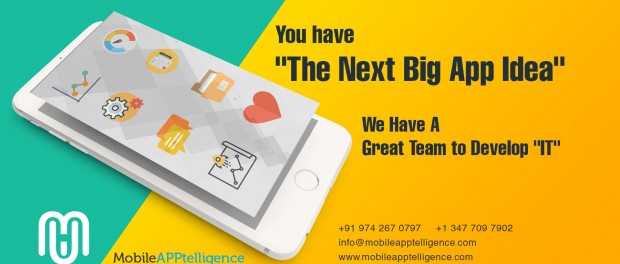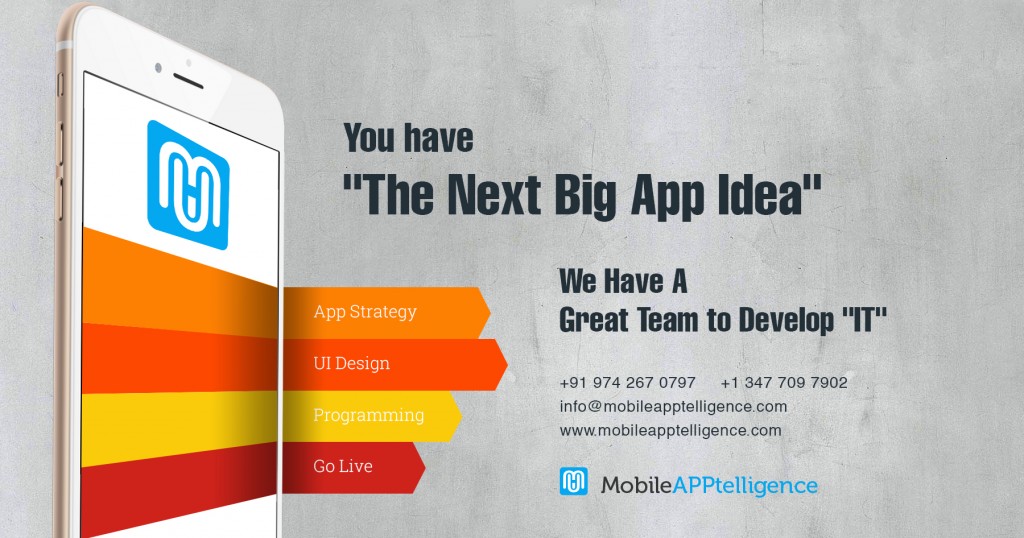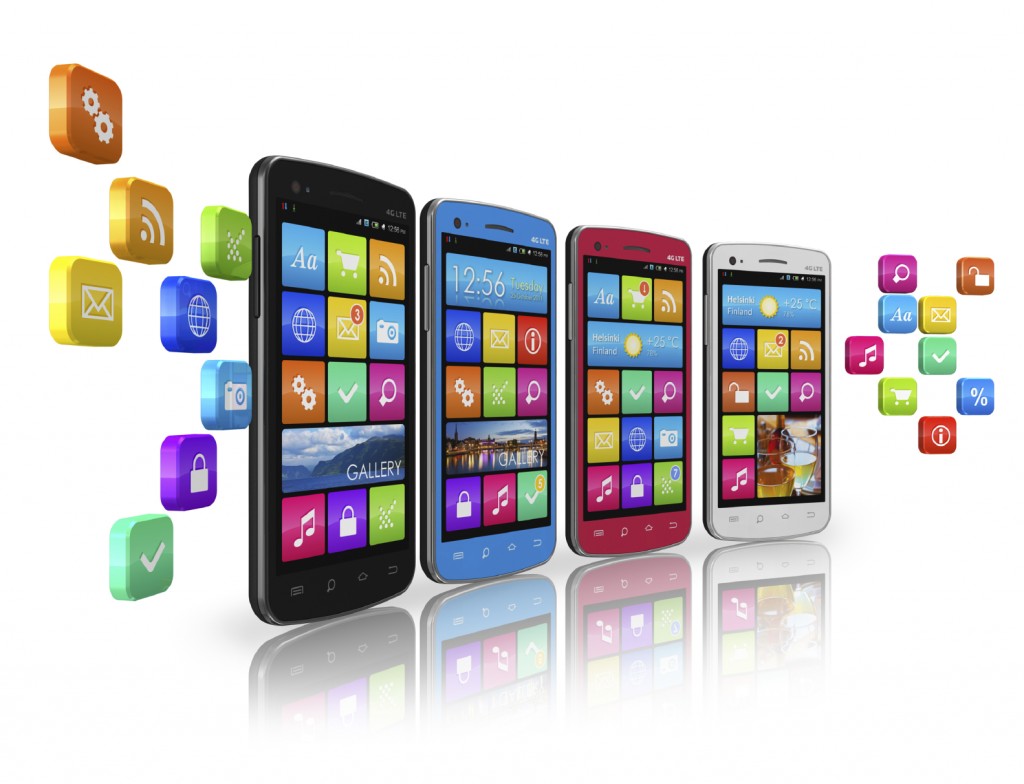What is Mobile App Onboarding and How can one increase user retention with Onboarding?
Mobile Application Onboarding is defined as a way of making someone familiar with an app. Onboarding is a critical step in setting users up for success with your app, because good onboarding increases the likelihood that first-time users become full-time users. Having a compelling mobile app onboarding experience is critical. Great user onboarding not only lowers abandonment rates but can also help encourage long-term success metrics in areas like user retention and user lifetime value.
>> Travel applications for Travel Agency : Connect with Sales
To boost retention, your apps need to be cutting-edge and offer a seamless user experience, which involves design, customer delight, and adding a great deal of value. This post describes the best practices for creating an effective user onboarding experience that will turn initial downloads into highly engaged users.
Reduce Sign-up/Log In Fields
Lengthy forms are a bad idea, especially on mobile where screen sizes are smaller. The ideal scenario is to allow users to sign-up or login using a single form, like a social media account. However, some apps will require more information, for example, a service-based app with a user base of existing customers.
Build The Path of Least Resistance
User onboarding is about making it as easy and intuitive as possible for a new user to start using the app. User abandonment rates increase when critical features, login screens, and overall navigation is complex. Therefore, you want to take the path of least resistance. Sometimes, this means a single login or sign-up screen. This is popular with social media and entertainment apps. In cases like these, you want to gather only the information that is essential. If that is a lot of information, consider breaking the process into more than one screen.
Below is an example of an application for a large home services company that splits the sign-up process.
Use a single screen
People are able to absorb information more easily if that information is precise and focused. Mobile app onboarding screens should condense information by using a single screen to describe a concept. This will avoid overloading the user with information. This practice is particularly important for function-oriented and benefits-oriented mobile onboarding, where the purpose is to demonstrate core functionalities or communicate user value.
Give Feedback Quickly
Feedback serves multiple purposes in mobile app on-boarding, most commonly to indicate errors or successes in the validation process. It can also be used through animations that act as positive reinforcement for completing interactions.
In the case below, the feedback indicates to the user that their password fails to meet the criteria, and makes it easy for the user to understand why. Error notifications should always be clear and contextual so the user knows what they’ve done wrong. This helps reduce failures and makes it easier for users to navigate the app.
>> Travel applications for Travel Agency : Connect with Sales
Use Guided Interaction method
More complex mobile apps use progressive mobile onboarding, which functions as a guided tutorial of the product. The apps with the most successful progressive onboarding provide users with an element of fun in the discovery process without impeding the experience.
Guided interaction in mobile app onboarding is about engaging users in exploration, rather than telling them what to do. This concept is very popular in video games. Instead of lengthy tutorials, users play through the actions to become familiar with the controls and environment. Guided interaction is also important for apps with empty states, when users need to take a specific action to create content. Evernote, for example, requires users to add notes for the screens to populate. It also makes discovery an ongoing experience, with the “Explore Evernote” option available to users at any time.
Use Animation
Draw attention to elements to help the user make progress. Using animation in mobile app onboarding should always be used with one of these purposes in mind and should be used sparingly. They should draw attention, but not irritate the user. Examples of good practice include subtle animations that show something is undiscovered or the use of pagination dots to show progress or load times.
Test, Test, & Test Again
Mobile app onboarding is first and foremost about the users. Listening to and acting upon user reviews and feedback can help you identify points of friction in your onboarding process and improve them. Once you have enough data to discern patterns, try new things and test to see if users love or hate them.












Leave a comment